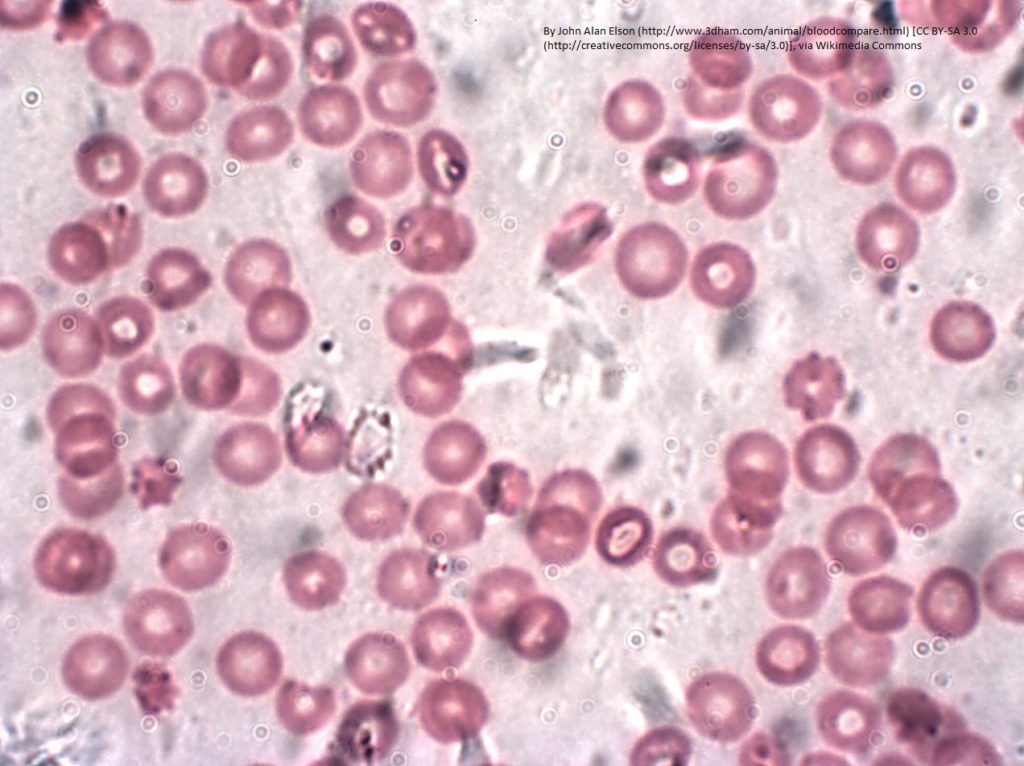Why is heartburn common at night?
I have known many people, including my own mother, who suffered from heartburn or gastro-esophageal reflux disease (GERD). Frequently, they complain of pain at night and have wondered why they would have pain at night when they are not eating. The simple answer is that there is a surge of acid production by the stomach … Read more





